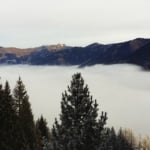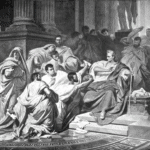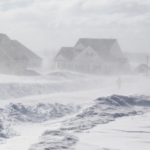Remembering The Perfect Storm: The 1991 Halloween Nor’easter
The Halloween Nor'easter of 1991 has been immortalized in print and on film. But what made this storm so "perfect"? We break it down.
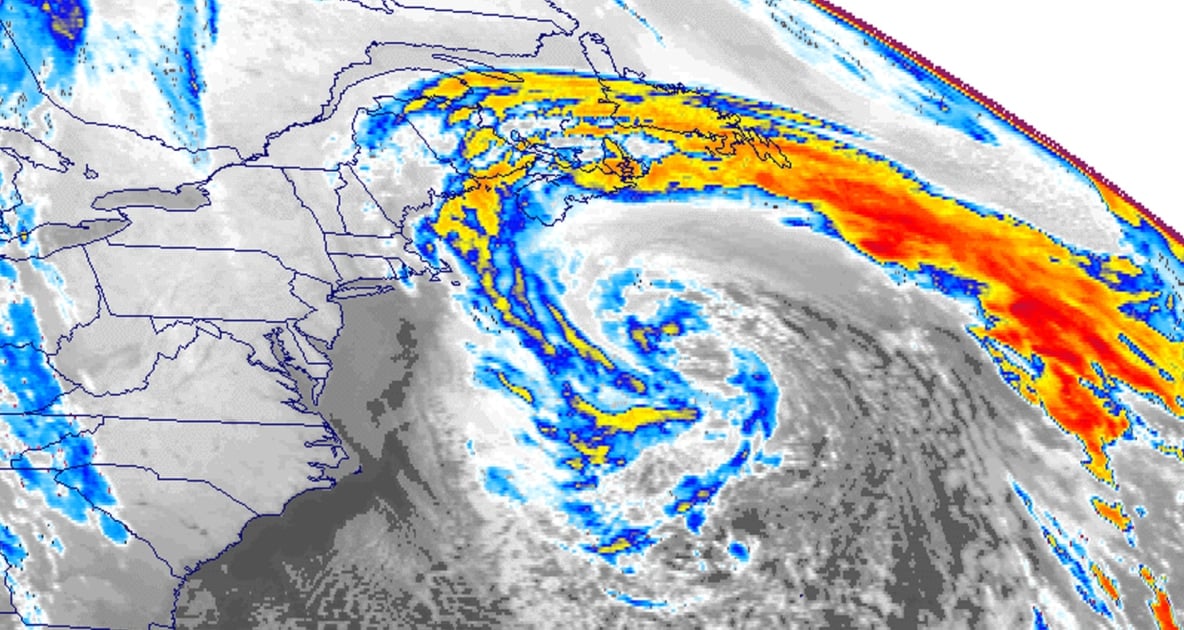
In late October 1991, a series of weather events all converged on the East Coast of North America to create an intensely powerful storm.
The Halloween Nor’easter
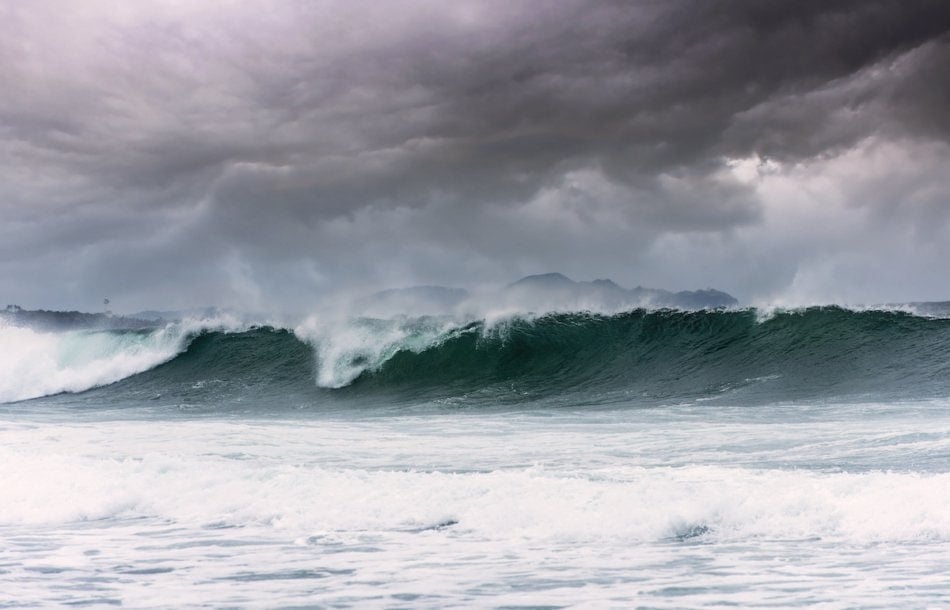
The Halloween Nor’easter of 1991—which was eventually immortalized as “The Perfect Storm” in the book and subsequent film of the same name by journalist Sebastian Junger—produced 100-foot rogue waves, with waves of up to 35-feet near the coast, and winds of up to 85 mph in coastal Massachusetts. The storm did more than $200 million in damage to coastal towns and homes— including to the Kennebunkport, Maine, home of President George H.W. Bush — and claimed 12 lives. Included among those deaths was the six-man the crew of the Andrea Gail, a Massachusetts-based swordfishing vessel that sank more than 500 miles out to sea.
Why A “Perfect” Storm?
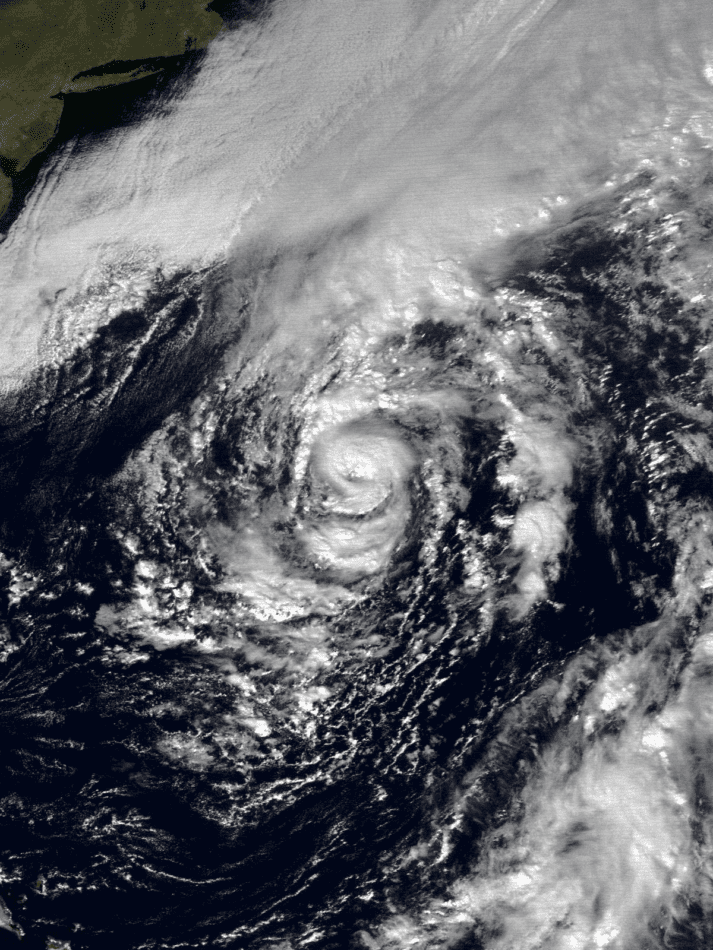
So what made this storm so “perfect”? Junger got the phrase “perfect storm” from retired National Oceanic and Atmospheric Administration meteorologist Robert Case, who explained that the storm’s intensity had been caused by a perfect alignment of several factors. Such a convergence of weather conditions, explained Case, occurs only once every 50 to 100 years.
The storm started on October 26, with the formation of Hurricane Grace, a Category 2 tropical storm that originated south of Bermuda. Grace moved up the East Coast of the United States, losing power along the way, and on October 29, she collided with a cyclone moving down the coast from Nova Scotia. The cyclone, formed by a low-pressure front moving in from the Midwestern United States into a high-pressure front moving down from Northern Canada, absorbed the power of Hurricane Grace, increasing in intensity.
As if this unusual three-prong storm wasn’t bad enough, a second hurricane formed at the heart of the nor’easter, further fanning the storm’s fury. This new hurricane was never named because meteorologists feared it would create too much confusion. For this reason, many people along the East Coast refer to the nor’easter as the “No Name Storm.” Had the second hurricane been named, the next name in the rotation would have been Hurricane Henri.
Eventually, the storm broke up over Nova Scotia, on November 2, exactly one week after the formation of Hurricane Grace. The storm reached its peak on October 30, along the Mid-Atlantic and Southern New England coast, with the most damage occurring in New Jersey and Massachusetts.
Since the publication of Junger’s book in 1997, the phrase “perfect storm” has become slang for any situation that is caused by an unusual combination of coincidental events.
Read more about extreme storms.
Photo courtesy of NOAA

Jaime McLeod
Jaime McLeod is a longtime journalist who has written for a wide variety of newspapers, magazines, and websites, including MTV.com. She enjoys the outdoors, growing and eating organic food, and is interested in all aspects of natural wellness.




